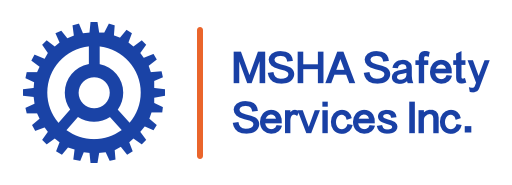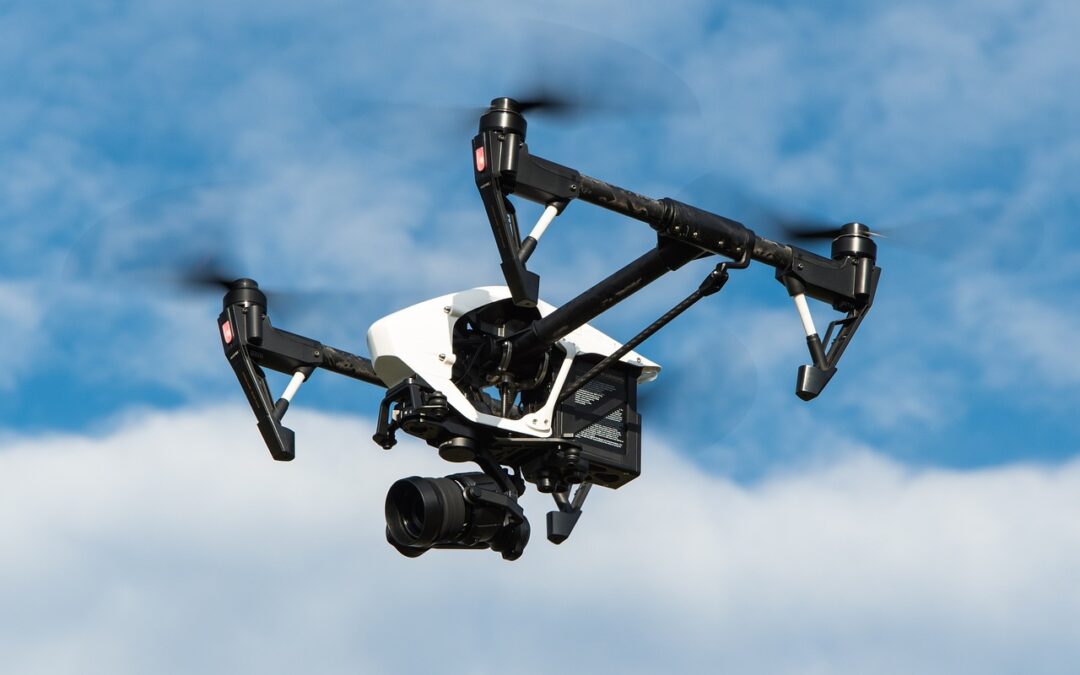In underground mining, seconds count during an emergency. Whether it’s a fire, explosion, or cave-in, knowing where everyone is and how to talk to them can save lives. That’s why effective tracking and communication systems in mine emergencies are critical. These tools help locate miners, coordinate evacuations, and guide rescue operations. As mines get deeper and more complex, the right technology—backed by MSHA standards—is a miner’s lifeline.
The Importance of Reliable Communication and Coordination in Emergency Evacuation Procedures
During a crisis, clear and consistent communication is everything. In a dark, dangerous, and often chaotic environment, reliable systems keep miners connected to each other and to surface teams. This enables faster evacuations, fewer mistakes, and more lives saved. With proper coordination, everyone knows their role, their route, and their responsibilities.
Types of Communication Systems: GPS, RFID, and Other Technologies in Mining
Communication systems must work even when the power goes out or the environment becomes hazardous. Mines now use:
- RFID tags to track miner movement
- Leaky feeder systems to maintain two-way voice communications
- Wireless mesh networks that create strong underground signals
- Satellite or GPS solutions for surface-level operations
Each system plays a role in maintaining connectivity and supporting rescue efforts.
Tracking Systems for Miner Safety and Integration with Emergency Evacuation Procedures
Tracking and communication systems often work together. RFID or Bluetooth tracking tools are worn by miners and monitored at a central control point. This means:
- Real-time location data during evacuations
- Immediate alerts if someone is trapped or off-route
- Quick headcounts at safe zones
Integrating tracking into emergency plans ensures every miner is accounted for, even in complex mine layouts.
Best Practices and Training for Effective Use of Communication and Tracking Systems in Mine Emergencies
The best tech is only as effective as the people using it. That’s why training is key. Best practices include:
- Regular drills with full use of tracking systems
- Teaching workers how to activate emergency beacons
- Ensuring supervisors know how to interpret tracking data
- Practicing communication protocols under pressure
The more familiar the crew is with the tools, the more instinctive and effective their response will be.
Challenges in Communication and Tracking During Mine Emergencies and Evacuation Procedures
Despite their benefits, these systems face challenges like:
- Signal interference from metal and rock
- Power failures during explosions or cave-ins
- Device damage due to harsh conditions
- Worker hesitancy with new tech
Redundancy plans—like manual check-in points or hardwired signals—can help offset these challenges. Keeping systems tested and maintained reduces failure risk.
The Role of Remote Monitoring in Mine Safety Management and Emergency Evacuations
Modern mines often use remote command centers to oversee operations. These centers monitor data from underground systems in real-time, offering:
- Immediate visibility of miner locations
- Fast assessment of incident zones
- Support for supervisors making emergency evacuation decisions
Remote monitoring strengthens safety by improving reaction speed and reducing on-site confusion.
Post-Emergency Data Analysis: Leveraging Tracking Information for Emergency Response Compliance
After an emergency, data from tracking systems is invaluable. It allows safety teams to:
- Reconstruct timelines of the event
- Identify delays or issues during evacuation
- Improve future response plans
- Demonstrate compliance with MSHA guidelines
This kind of analysis turns experience into action.

MSHA Standards for Communication and Tracking Systems in Mines
To protect miners, the Mine Safety and Health Administration (MSHA) enforces several key standards:
P14-V-01: Offers guidance for complying with post-accident communication and tracking requirements under the MINER Act. Mines must have two-way communications and tracking for all personnel.
P11-V-11: Details the approval process for devices used to meet MINER Act requirements. Only approved systems may be used in regulated mines.
P13-V-09: Addresses the risk of radio frequency interference from tracking devices on electric blasting circuits. Mines must manage and test all equipment to ensure safety.
Following these ensures systems are both effective and legally compliant.
The Future of Communication and Tracking Technologies in Mining: Adapting to MSHA Standards
The future is smart, wireless, and automated. Innovations include:
- AI-driven tracking systems that detect abnormal patterns
- Drones that can scan and report underground conditions
- Smart helmets with real-time health and location data
These technologies will only become more important as MSHA updates its regulations and expectations for emergency readiness.
Advancing Mine Safety Through Communication and Tracking Systems
Lives depend on fast, informed action during mine emergencies. With reliable tracking and communication systems in mine emergencies, teams can move faster, stay safer, and respond smarter. Training, technology, and MSHA compliance all work together to protect what matters most—miner safety.

